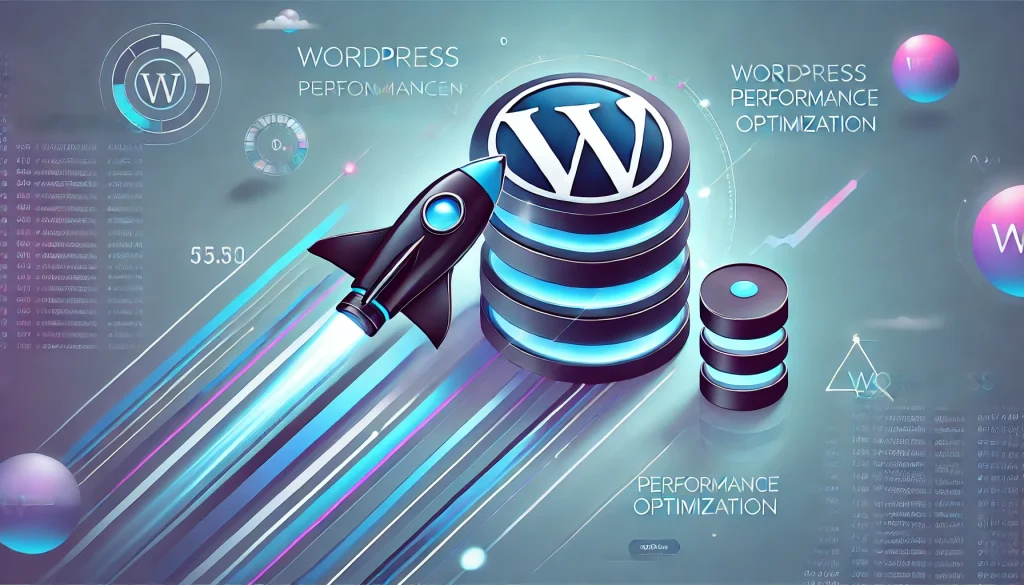⏲️ Estimated reading time: 2 min
How to Set Up a Persistent Object Cache in WordPress
Setting up a persistent object cache depends on your hosting environment and whether your server supports Redis or Memcached. Follow these steps to enable object caching efficiently.
1. Check If Your Hosting Provider Supports Object Caching
Before proceeding, check with your hosting provider. Many managed WordPress hosts (e.g., Kinsta, WP Engine, SiteGround, Cloudways) already have Redis or Memcached enabled.
- If your host provides a built-in object cache, enable it from their control panel.
- If not, follow the manual setup below.
2. Install a WordPress Object Cache Plugin
Option 1: Redis Object Cache (Recommended)
0️⃣ Install and activate the “Redis Object Cache” plugin.
- Go to Plugins > Add New and search for Redis Object Cache.
- Install and activate the plugin.
1️⃣ Enable Redis
- Go to Settings > Redis and click Enable Object Cache.
2️⃣ Confirm It’s Working
- You should see Connected to Redis in the settings page.
👉 If Redis is not installed on your server, follow the manual setup below.

3. Install Redis on Your Server (Manual Setup)
If your hosting doesn’t support Redis by default, you need to install it manually.
For Ubuntu/Debian Servers (VPS, Cloud Hosting)
- Log in to your server via SSH
ssh your-user@your-server-ip - Install Redis
sudo apt update sudo apt install redis-server -y - Enable Redis and Start the Service
sudo systemctl enable redis sudo systemctl start redis - Test If Redis Is Running
redis-cli pingIf it returns PONG, Redis is running correctly. - Configure Redis for WordPress
Open the Redis configuration file:sudo nano /etc/redis/redis.conf- Find
supervised noand change it to:supervised systemd - Save and exit (
CTRL+X, thenYandEnter).
- Find
- Restart Redis
sudo systemctl restart redis
4. Enable Redis in WordPress
If you haven’t already, install the Redis Object Cache plugin, go to Settings > Redis, and enable the cache.
Alternative: Memcached Setup
If you prefer Memcached, install it instead:
sudo apt update
sudo apt install memcached -y
sudo systemctl enable memcached
sudo systemctl start memcached
Then use the WP-FFPC plugin or another Memcached-compatible plugin.
5. Verify Persistent Object Cache Is Working
- Go to Tools > Site Health in WordPress.
- Look for a message saying “Persistent object caching is enabled.”
- If everything is working, your site should now load faster! 🚀
Let me know if you need help with anything! 😊
Only logged-in users can submit reports.
Discover more from HelpZone
Subscribe to get the latest posts sent to your email.

